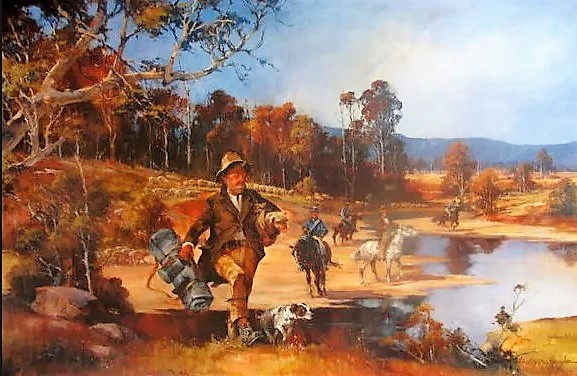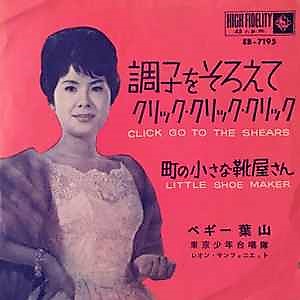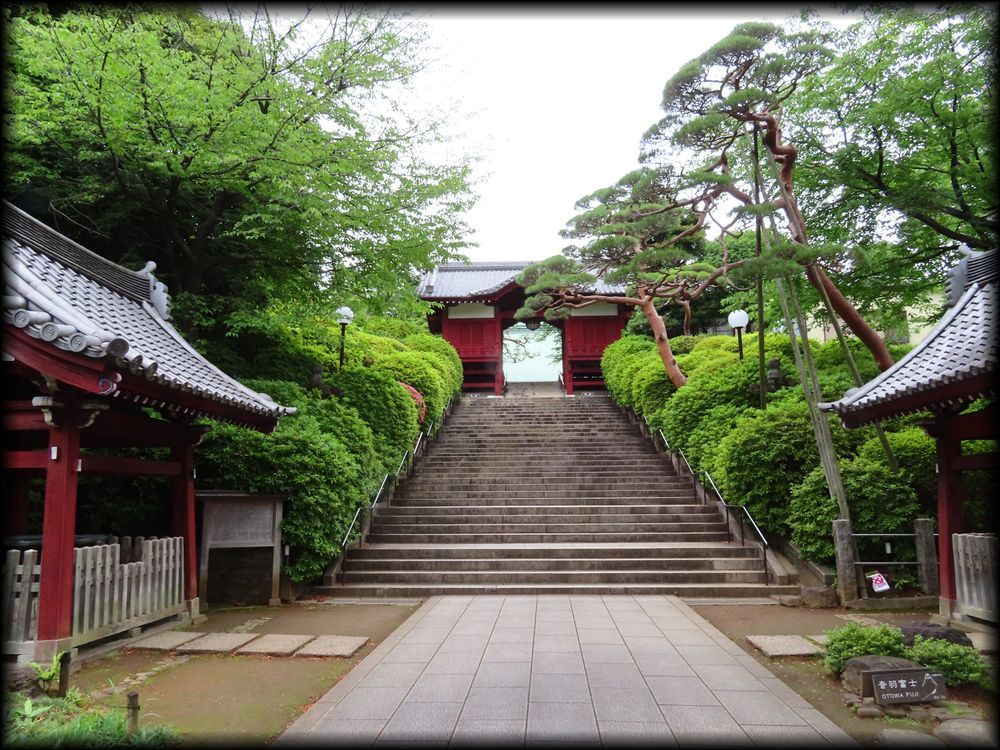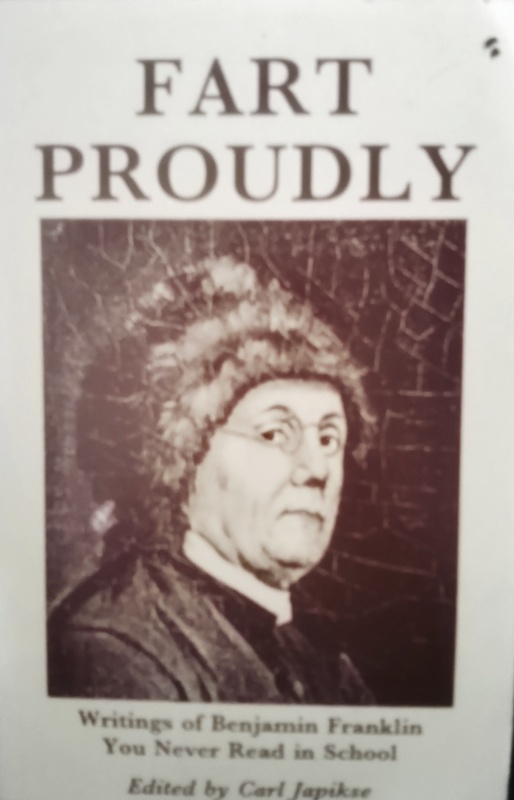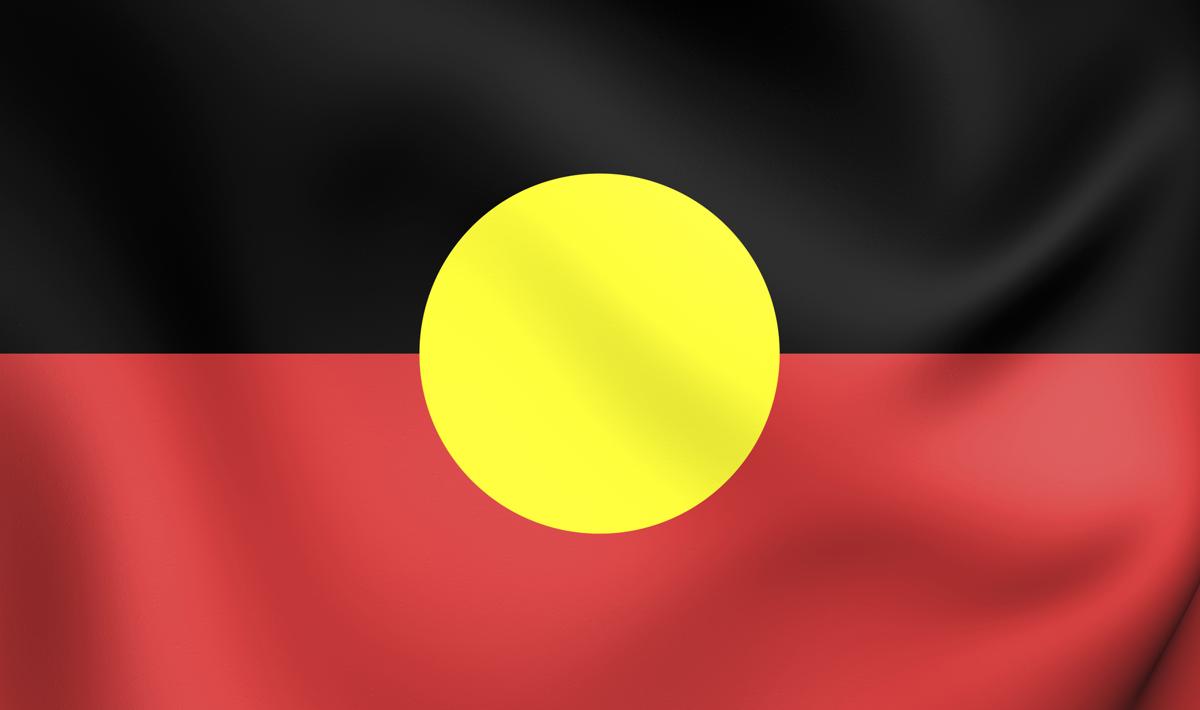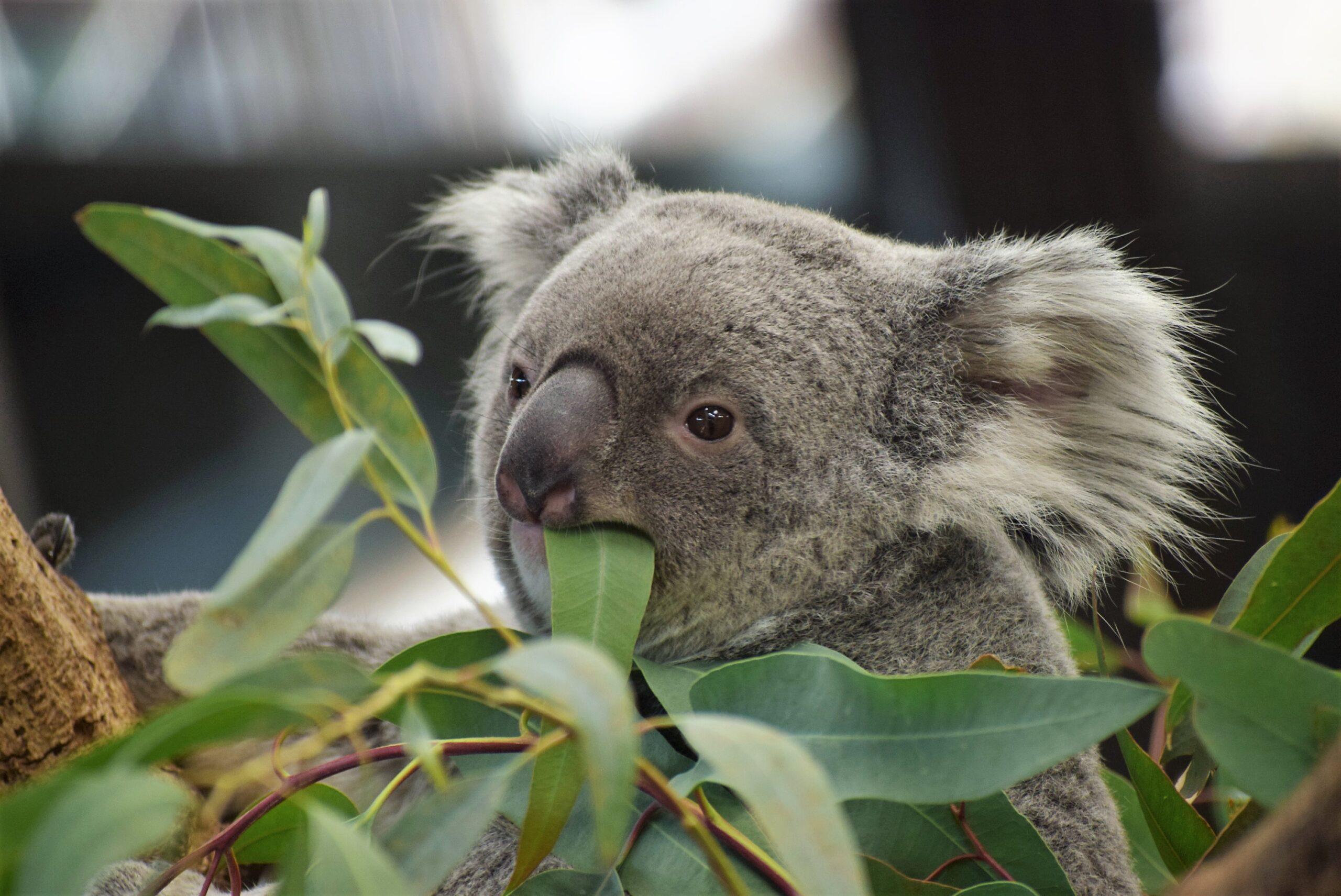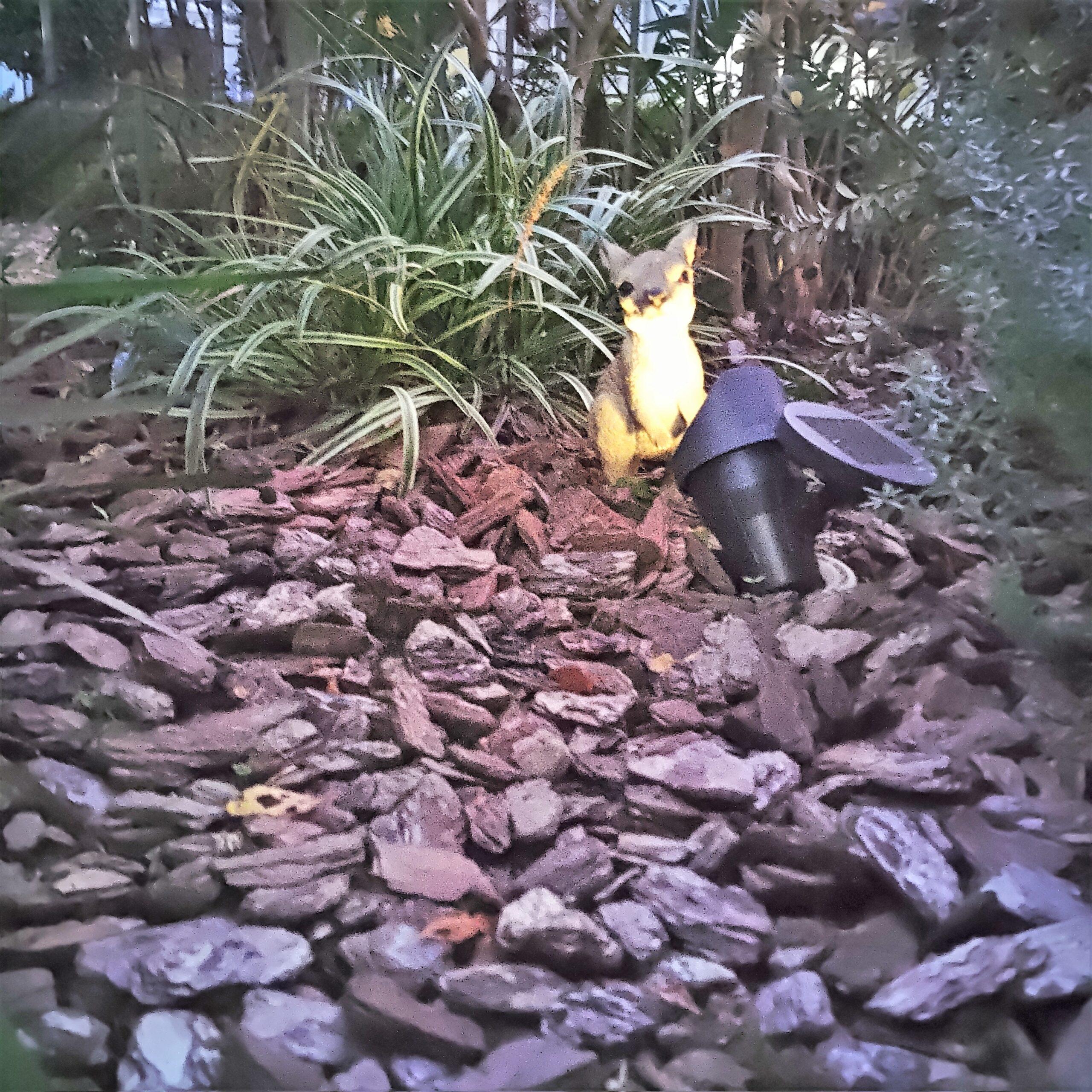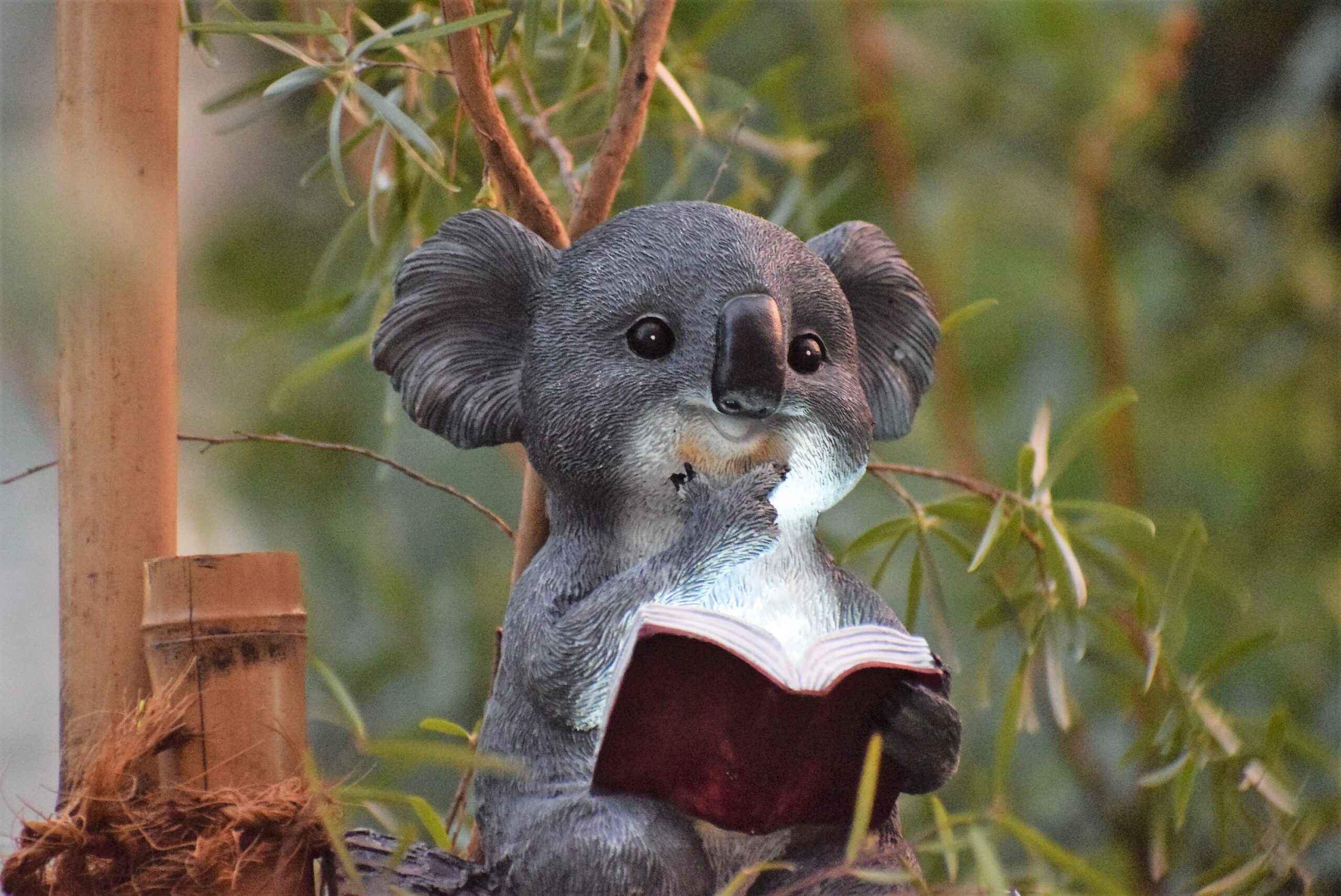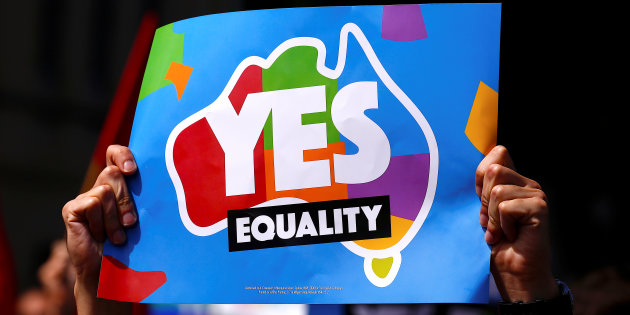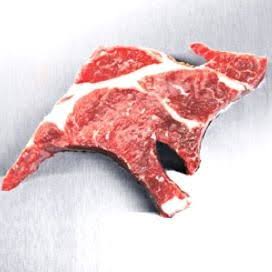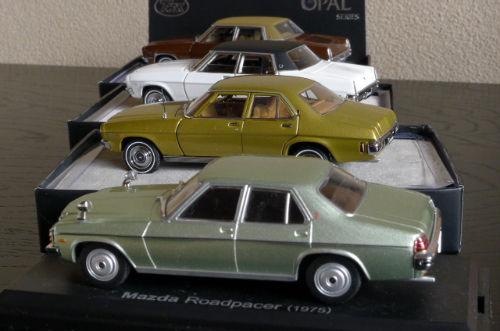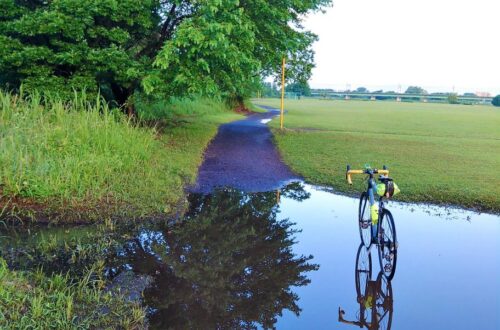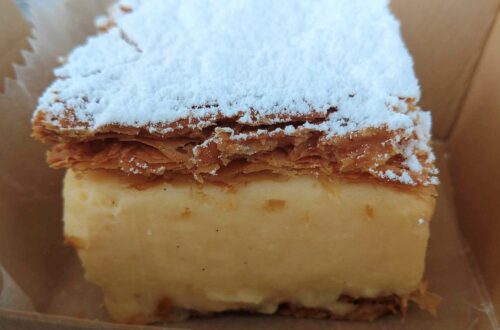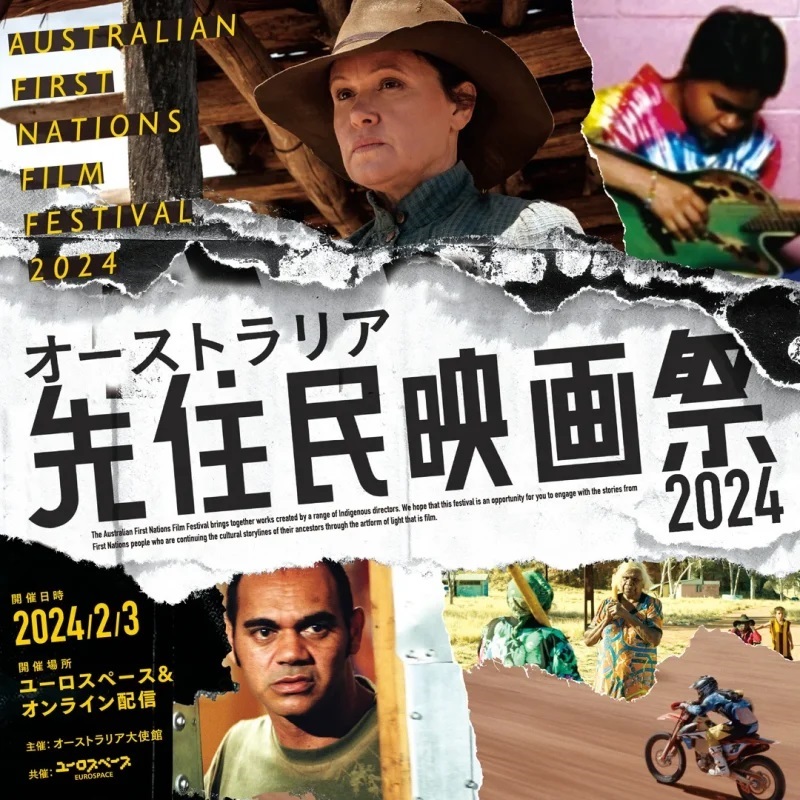Prompted by a Scottish mate’s post on Twitter about a tune that reminds him of his homeland, I got to thinking about the same kinds of songs that have an effect on me regarding Australia, my native country. While doing so, I realized there are probably a few shared by just about every Aussie on the planet. For Australians in their mid-60s and under, there is only one answer to the question posed by Doc Neeson and the Angels in their 1976 song, Am I Ever Gonna See Your Face Again? Ironically, the song was only a minor hit when…
-
-
Waltzing Matilda is probably Australia’s most famous song and it’s certainly a tune that remains powerfully iconic of Down Under, but has not had the impact in Japan of other Aussie tunes, like say, Click Go the Shears. That’s not to say that Matilda hasn’t made it’s mark. However, like many things Japan, it’s legacy lies not quite in the way you’d expect. My understanding is that Waltzing Matilda is probably best known in Japan for being the jingle used to open Japanese language shortwave radio broadcasts on Radio Australia, which ended in 1990, so there’s a fair chance that…
-
Australia hasn’t really had much of an impact on Japanese culture over the years, but there is one case that inspires sheer delight….or perhaps that should be “shear?” For Japanese of a certain age, 調子をそろえて、クリック、クリック、クリック (Choshi wo soroete kurikku, kurikku, kurikku, is a highly familiar song picked up in an early season of Minna no Uta, a radio and TV program broadcast by NHK since 1961 to introduce new tunes to the Japanese public. The song is known in English as Click Go the Shears and Peggy Hayama, who sang the Japanese version of the song with lyrics written by…
-
For some reason, Japanese artists covering Western songs has also held something of a fascination for me. I’m not really attuned to hit charts, nor really have been. And music isn’t one of my great loves, though I have an appreciation for pretty much any type of tune. Perhaps my liking for the out-of-the-ordinary stems from the Aussie DNA, which seems to have a likeness for the novelty song, with national and international No. 1 hits during my lifetime Down Under including the likes of I’ve Been Everywhere, A Pub with No Beer, A Redback on the Toilet Seat, Tie…
-
Skippy the Bush Kangaroo, probably the most-loved Australian children’s TV program in history, has turned 50 years old. The first episodes screened in Australia in February 1968 and the show remains popular to this day, though only three series comprising 91 episodes were made. The show premiered outside of Australia. Its run in Japan had effectively ended before Skippy showed in Australia, mainly because the series was made in color, which did not arrive in Australia until 1975. Skippy told the story of a grey kangaroo and her best friend, a young boy named Sonny Hammond, played by Garry Pankhurst…
-
オーストラリアが長年の対立の末、12月7日にようやく同性結婚を合法化し、法案が可決した瞬間国会傍聴席で「皆同じオーストラリア人」という歌を歌い出し、国会議員も一緒に歌ったという感激なハプニングが起こった。 オーストラリアに同棲が多く、同棲の政治力が強いが同性婚反対である保守派が長い間権力を握った。 青年でカトリック神学校の信心深い生徒だった2013年~2015年の間総理大臣だったトニー・アボット氏が同性婚を強く対抗し、認める措置を全面的に却下したが、現首相マルコム・ターンブル氏が同性婚支持者で知られた。 ターンブル氏が与党である(補修派の)自由党内や宗教団体などの反対に対して先月国民投票の実施まで導いた。歴史的に成功率が極めて低かった国民投票では有権者の6割以上の人が同性婚に賛成した。 その結果をもって、ターンブル氏が国会に同性婚認可法案を提出した。国会下院・上院でも圧倒的に指示された。結局、反対したのはわずか4議員。 議席内の同性婚が圧倒的に指示されているにもかかわらず、アボット元総理をはじめ数人の議員が棄権した。豪国会では、法案が圧倒的に支持されている場合、表を数える必要がなく、同性婚についての投票がそのケースだった。 法案が可決し採択されたら、同性婚が合法化された瞬間傍聴席から「我々がオーストラリア人」という曲が一斉歌えるようになった。一緒になった議員もいた。 その曲が元々1960年代日本でもヒットした「ザ・シーカーズ」が作曲し、「非公式な国歌」と見る人が多い。同曲の歌詞は、オーストラリアの歴史の歴史をちなみ、色々な違いがあっても皆が同じオーストラリア人であることを強調し、対等性や平等や統一感を訴える曲であり、オーストラリア人の間に広く愛されている。 Australian parliament breaks into song after passing same-sex marriage law Related posts: No related posts.
-
Rock legend Malcolm Young, co-founder of Australia’s biggest ever band AC/DC, has died. He was 64. オーストラリア最大ロックバンドであるAC/DCの伝説的な共同創立者のマルコム・ヤング氏が死去した。64歳だった。 Young formed AC/DC in 1973 with his younger brother, Angus, who remains the only original member of the band still playing. 1973年にヤング氏は弟であり現在バンドの唯一オリジナルメンバーとして現役のアンガスと共にAC/DCを結成した。 Young played rhythm guitar for AC/DC until he left the band in 2014 to receive treatment for dementia. 2014年に認知症の治療を受けるためバンドを退会するまでヤング氏がAC/DCのリズム・ギターを担当した。 He had overcome lung cancer, heart problems and alcoholism. 肺癌、心臓病やアルコール依存症を克服していた。 Young was described as the driving force behind AC/DC, which has sold about 200 million albums, making it among the best-selling artists of all time. 売れた音楽家の一つとしてAC/DCが約2億枚もアルバムを売上げ、ヤング氏のバンドの原動力と言われた。 AC/DC toured Japan early in the…
-
Australians have a special way of spreading Christmas cheer Ploughing snow is a big no-no, we have sun over here Christmas pud is a pav instead, while lunch is on the beach Cold ham replaces turkey, And we have three servings each Kangaroos help Santa out, ‘Cause reindeer just won’t do For they don’t know the bush so well, roos just bound on through Forget the fur lined boots this year, thongs are what we need Rudolf will have to sit it out, while Skippy takes the lead But don’t you worry, have no fear, Santa’s used to us down…
-
多くの調査ではオーストラリアメルボルン市が世界で最も居住に適している都市と選べる。 メルボルン市内で最もきれいな地域の一つがダンデノング山脈である。ここでは、1970年代・1980年代にて当時豪全国で最も人気それぞれ俳優・女優が主役となってテレビ番組のロケ地となっていた。 どちらの番組にしても目玉道具が同地域内で走るSLパフィング・ビリーであった。 残念ながら、どちらの番組の視聴率が低くいずれも1シーズン限りでピリオドを打った。 Melbourne’s Dandenong Ranges, “The Hills,” were the settings for two relatively obscure and unrelated TV shows in the 1970s and 1980s. “Solo One” was a spin-off of the successful “Matlock Police” with Paul Cronin reprising the role of Gary Hogan stationed in Emerald before he moved on to the far more successful part of Dave Sullivan in “The Sullivans.” Meanwhile, “Come Midnight Monday” was set in Cockatoo and featured Australia’s then-darling Sally Boyden in one of her rare post-“Young Talent Time” roles. The show ran in 1982, the year before Cockatoo was destroyed in the Ash…
